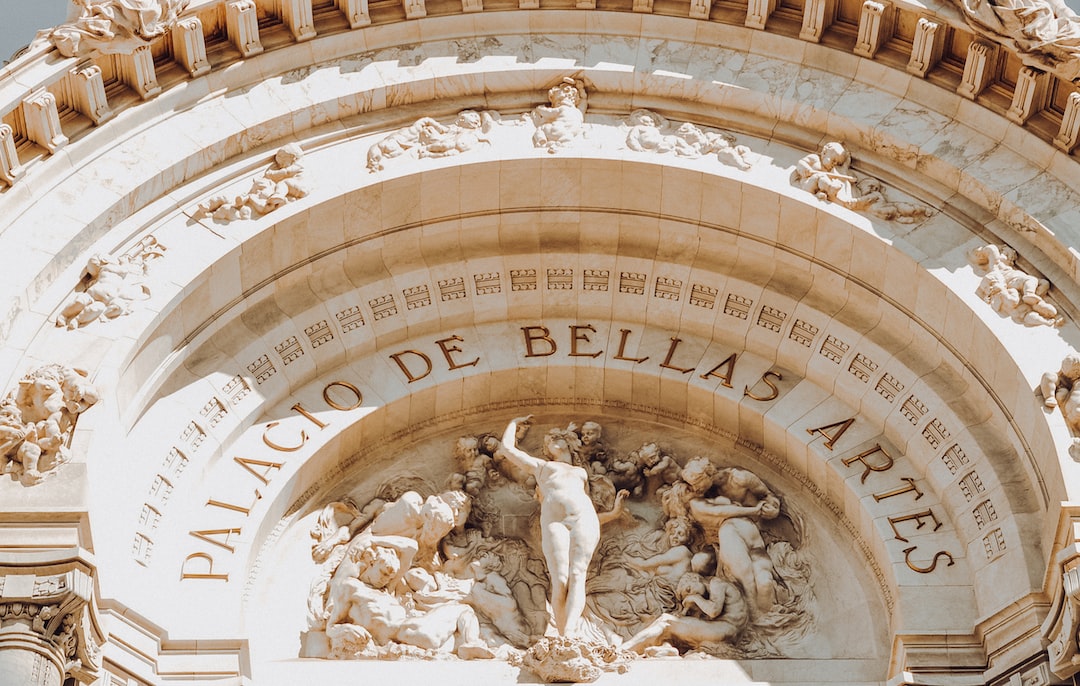The Art of Typography: How Fonts Create Impact and Visual Appeal
In the world of graphic design, typography plays a crucial role in conveying messages and evoking emotions. Fonts have the power to make or break a design, as they contribute significantly to the visual appeal and impact of any piece of art. Whether it’s a logo, a poster, or a website, the choice of typography can make a lasting impression on the viewer. In this blog post, we will explore the art of typography and discuss how fonts create impact and visual appeal.
Typography is not just about choosing a fancy font; it involves carefully selecting the right typeface, size, and spacing to ensure clarity and readability. Each font has its own personality and carries a subliminal message. Serif fonts, such as Times New Roman, exude a sense of tradition, while sans-serif fonts like Helvetica give an impression of modernity and simplicity. The choice of font can help communicate the desired tone and style of a design.
One of the significant impacts of typography is its ability to evoke emotions. Fonts have the power to convey a specific mood or feeling. For example, a bold and thick font can express strength and confidence, making it suitable for a sports-related design. Conversely, a delicate and curvy font may evoke a sense of grace and elegance, making it perfect for a wedding invitation. A skilled designer knows how to use typography to create the desired emotional response in the viewer.
Furthermore, fonts have a significant impact on readability. If the chosen font is hard to read, it can discourage the viewer from engaging with the content. On the other hand, a well-chosen font enhances readability and makes the information more accessible. Each font has its own inherent legibility, which can be influenced by factors such as size, spacing, and line length. Designers must consider these factors when selecting and implementing typography in their projects.
Another essential aspect of typography is its role in creating hierarchy and guiding the viewer’s attention. When multiple elements are present in a design, the choice of different fonts can help distinguish between primary and secondary information. For instance, a headline may be in a large, bold font, while subheadings can use a smaller, less prominent font. This variation in typography aids in creating a visual hierarchy that enables the viewer to navigate through the content effortlessly.
Beyond creating impact and hierarchy, typography also has a cultural and historical significance. Different fonts are associated with specific eras, cultures, or regions. For example, the Art Deco period is often associated with sleek, geometric fonts, while gothic architecture and illuminated manuscripts are linked to ornate and decorative fonts. By utilizing fonts inspired by a specific time or place, designers can evoke nostalgia or create a sense of authenticity.
Moreover, the choice of typography can also reflect the brand identity. Well-established brands often have custom-designed fonts that embody their values and personality. Some fonts become iconic and instantly recognizable, such as Coca-Cola’s script font or the bold and italicized font used by Nike. These fonts not only represent the brands but also have become synonymous with their success.
In conclusion, typography is an art form that holds immense power in the world of design. Fonts are not just decorative elements; they play a crucial role in creating impact, evoking emotions, enhancing readability, guiding attention, reflecting culture and history, and conveying brand identity. Designers must understand the subtleties of typography and master the art of font selection to create visually appealing and impactful designs. So, the next time you encounter a design, pay attention to the fonts used and consider how they contribute to the overall message and visual appeal.

